The butcher, the baker, the candlestick maker
Reflections about the remarkable and continuing changes in the way we shop.
Some of my thoughts and recollections from Scotland. I hope they will encourage you to share your own Motley Stories about the everyday things in your life, and how things change. Our ordinary lives will one day become significant and contribute to history. So, let’s share our stories, capture them in photos, and preserve them for future generations.
Rub-a-dub-dub, Three men in a tub, And who do you think they be? The butcher, the baker, the candlestick maker, And all of them out to sea.
Traditional nursery rhyme.
Have you ever seen one of the early films showing people walking around? Here is a link to one example. I find it fascinating watching people who are now all deceased, going about their daily business. It is also interesting to see a familiar place - that looks the same, but different. This is particularly noticeable when looking at shops (the butcher, the baker and the candlestick maker), and what has changed over the years, along with our shopping habits.
How things have changed
Throughout history, people have engaged in various forms of commerce - sharing, bartering, selling and buying. In the past most of the population lived in rural areas. They would travel to town on market day to buy necessities that they could not grow or make for themselves. By the 18th century, in the UK, most larger towns also had a small cluster of permanent shops located near the marketplace, although they mainly catered to the wealthy.
One of my favourite stories involves George Cavendish, 1st Earl of Burlington. In 1818 he noticed that the land adjacent to his house, Burlington House in London, was being used as a rubbish dump by passers-by. His clever solution not only resolved his problem and increased his income, it also made his wife happy. Cavendish built a street of shops in an arcade, with a gate at both ends. This allowed him to generate income from the shops, while providing a safe and exclusive shopping experience for his wife and other affluent customers, away from London's busy, dirty, and often crime-ridden streets1. Imagine having your own personal shopping mall next to your house!
As a result of the Industrial Revolution, Britain had become the first urbanised nation in the world – the census in 1854 revealed that over half the population now lived in towns or cities. Factory workers were no longer able to grow their own food, or make clothes and necessities, creating a demand for shops to meet their needs. This resulted in a rise in stalls, shops, department stores and malls. However, the number of shops has been decreasing since the 1920s, exacerbated by the advent of internet shopping.
Despite the closure of many department stores in London, there are still several that have successfully continued to trade.
Fortnum & Mason opened in 1707, but the present building was opened in 1927. 2. Harrods opened in 1849.

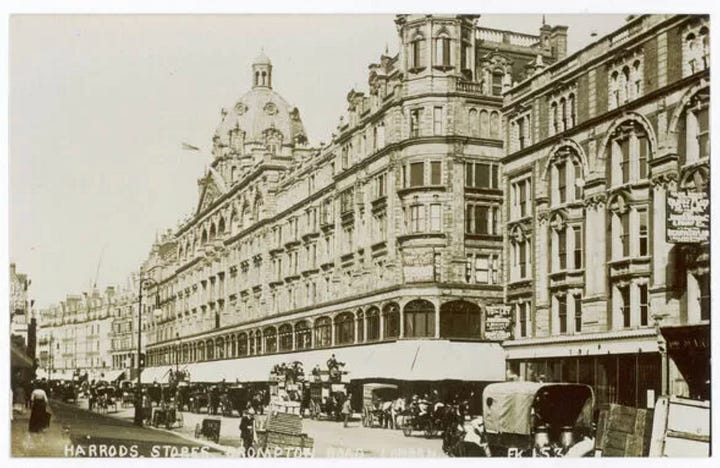
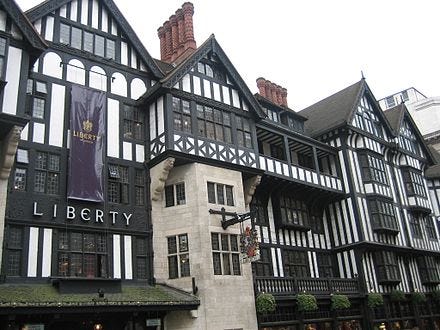
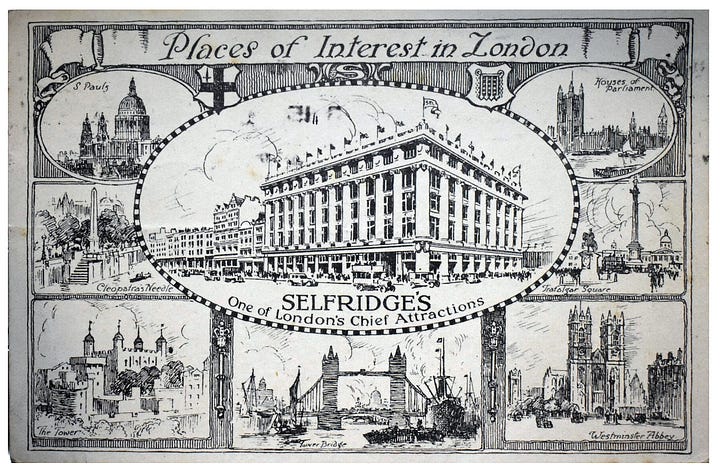
Liberty opened in 1875 and 4. Selfridges opened in 1908.
I grew up in a rural area in Scotland, where the nearest shop was 7 miles away, and the city was 50 miles away. If you forgot to buy something you had to do without, since you could not pop out to the shops, and online shopping had not yet been invented.
I still remember the first year when I did my Christmas shopping online. It felt like a miracle. I did not have to push my way through the crowds on a dark, cold Saturday, searching for gifts. I often spent far too much money in my desperation to finish the task as quickly as possible. Instead, I sat in my cosy house, in my pyjamas and with a glass of wine, while leisurely selecting and purchasing gifts.
Technology has brought both benefits and challenges to the retail industry. While online shopping offers convenience and a wide range of choices, it has also led to the closure of small shops which, along with ‘working from home’ practices, has led to deserted town centres.
In our small Scottish town we have a butcher and two bakers, but no candlestick maker, whose goods are no longer a necessity. At one time there were seven butchers shops in the town! In addition to these shops, we also have a greengrocer, fishmonger, ironmongery and three banks. Unfortunately, one bank is due to close soon, and the future of the others is uncertain.
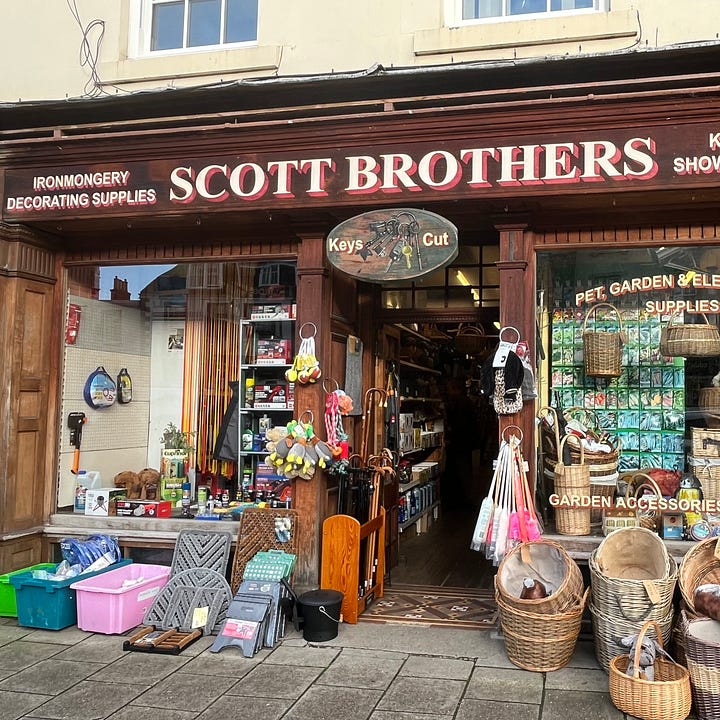


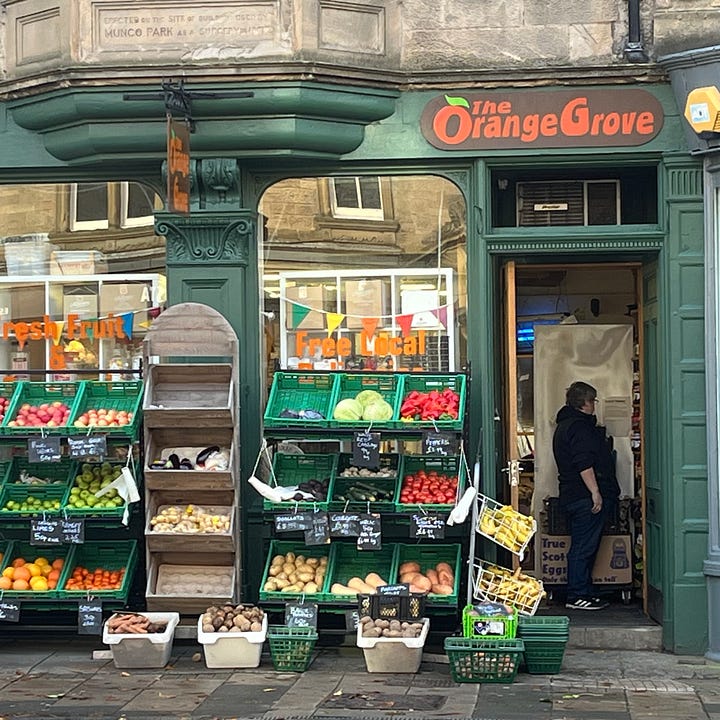
Despite the convenience of online shopping, many of us prefer to go to a shop to make their purchases. We want to physically see and touch the items we are buying - after all, it's impossible to bounce on a photo of a mattress. Shops also serve as a social hub where people can gather, interact, and connect with their community, which is especially important to older folk who often live alone. Somehow, a chatbot is not a satisfactory replacement.
How have your shopping habits changed?
Other viewpoints
From stalls to malls: A brief history of the high street. An article by English Heritage about the rise and decline of the High Street (Main Street) in Britain.
About famous stores and a lion called Christian. This is an article I wrote about the history of department stores in London.
What will the future of shopping be like? Will working from home mean there are fewer ‘dormitory’ communities, so that local shops thrive? Will our driverless cars pick up our groceries and dry cleaning?
- writes how the “future of retail represents not just a technological revolution, but a fundamental shift in how we think about shopping, consumption, and commerce. This transformation will touch every aspect of our lives, from how we acquire daily necessities to how we express ourselves through discretionary purchases.”
Nowadays, the Burlington Arcade is open to the public. Gatekeepers called Beadles keep watch, and make sure the rules of the arcade are kept. The gates are closed overnight. Burlington House is now the home of The Royal Academy.

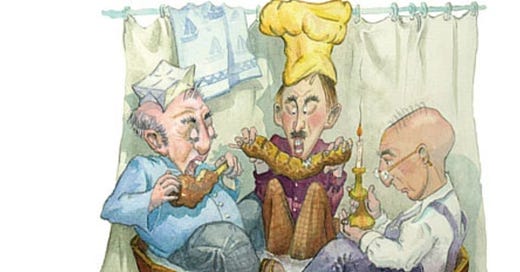



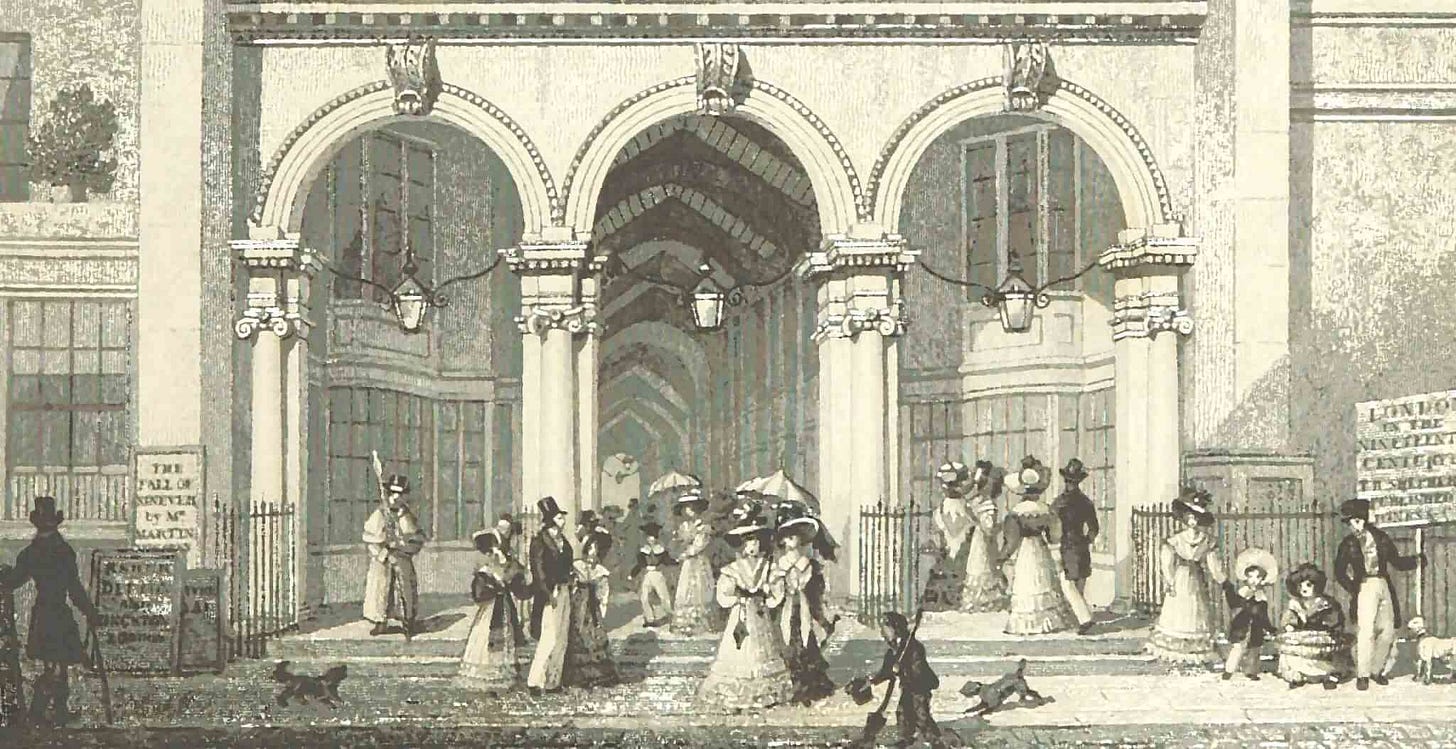
It wasn’t perfect but I enjoyed the show Mr. Selfridge that showed how the modern department store came to be. (& now I am longing for an afternoon browsing at Selfridges & Liberty)
Our shopping habits have changed so much since 2000. But I still prefer to buy most things in physical shops.